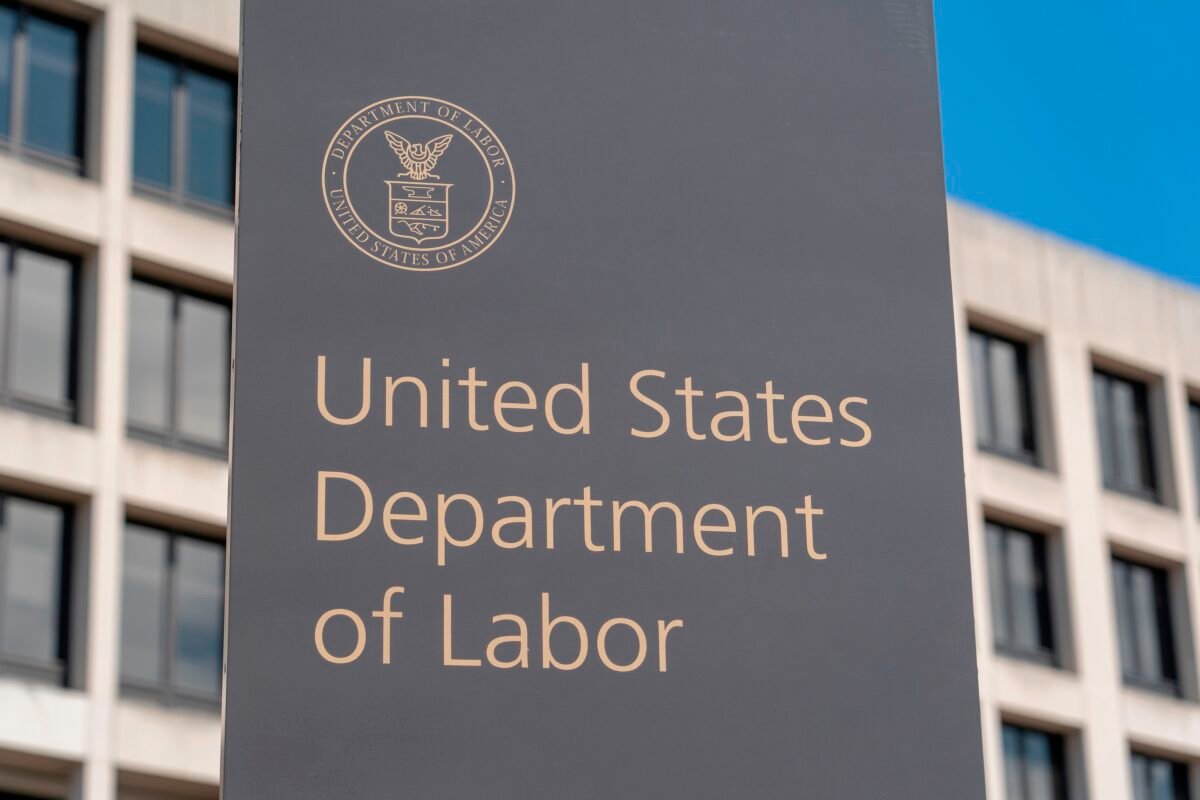Yellen Calls for a Different System to End ‘Tremendously Damaging’ Debt-Ceiling Standoffs

Treasury Secretary Janet Yellen on Thursday called for a different system of managing the country’s finances in order to prevent future debt-ceiling standoffs that she said were “tremendously damaging,” while reiterating her view that, in the near term, the only way to avoid the looming debt default is for Congress to lift the borrowing cap.
Yellen made the remarks in response to reporters’ questions before a Group of Seven (G7) conference in Niigata, Japan, on May 11, while back home in Washington tensions remained high around the debt-ceiling deadlock and no solution in sight.
After a three-month hiatus, negotiations on raising the debt cap resumed on May 9 between President Joe Biden and House Speaker Kevin McCarthy (R-Calif.), but they ended with no breakthrough.
Biden has insisted on a clean bill to raise the borrowing limit, while McCarthy and House Republicans have put forward a proposal that would pair lifting the cap by $1.5 trillion with $4.5 trillion in spending cuts over a decade. The president has rejected the GOP proposal and vowed to veto it if it reaches his desk.
The Treasury Department has warned that the United States could default as soon as June 1 if no deal is reached, while the White House put out an analysis that said even a “short” default could eliminate half a million jobs and that a “protracted” one could cost 8.3 million jobs.
When the United States reached the $31.4 trillion debt cap in January, the Treasury Department started resorting to “extraordinary measures” to keep making payments on outstanding federal debt obligations and keep the government from defaulting. At some point, the scope to continue with those accounting maneuvers will run out and the government will face the prospect of being unable to meet its financial obligations—a moment known as the X-date.
When the X-date is reached and there’s no agreement in Congress to lift the cap, the Treasury Department will be unable to issue any more bills, bonds, or notes and can only make payments on the government’s debt obligations from incoming tax revenues.
Debt-ceiling standoffs like the one gripping the country today have occurred nearly 80 times since the 1960s, Yellen said in Niigata, adding that “to go through this every couple of years is tremendously damaging.”
While she insisted that thee only way in the short term to avoid a default is to lift the borrowing cap, Yellen said that having a debt ceiling in place creates a situation where “we can’t pay all the government’s bills, and I don’t think that’s any way to run the government.”
“Personally, I think we should find a different system for deciding on fiscal policy,” Yellen said, though she emphasized that this is her own view rather than one endorsed by Biden.
Repeal the Cap?
One option, she said, was that Congress could repeal the debt ceiling entirely.
The law adopting the debt ceiling dates back to 1917, and since the end of World War II, Congress and the president have modified the debt ceiling over 100 times, according to the Congressional Research Service.
During the most recent debt-ceiling impasse just over a decade ago, Congress passed the Budget Control Act of 2011, which allowed the debt cap to be raised by $2.4 trillion in two phases.
But even though that standoff was resolved and a debt default averted, Standard & Poor’s took the unusual step of downgrading the country’s long-term credit rating, from AAA to AA+. The agency did so in part because it believed the agreed-to fiscal consolidation plan fell short of what would be necessary to stabilize the government’s debt dynamics, and in part because the plan’s deficit reduction was unimpressive compared to the likelihood that politically driven spending would lead to future accumulation of debt.
Democrats repeatedly proposed bills to get rid of the debt ceiling entirely, an idea that Biden last fall called “irresponsible.”
Another possibility would be for the president to act unilaterally and raise the debt ceiling, which Congress could vote to override. The president could then veto that, requiring a congressional supermajority to override that veto.
14th Amendment?
Yet another idea that has been discussed recently is for the president to invoke the 14th Amendment, which reads in part that the “validity” of the United States’ public debt “shall not be questioned.” This move would basically amount to using executive power to declare the debt ceiling unconstitutional on the premise that the president must find money to pay national debts already incurred.
But invoking the 14th Amendment is an untested legal theory about which experts disagree and that Yellen recently said would spark a “constitutional crisis.”
While speaking in Japan on Thursday, Yellen said that invoking the 14th Amendment is not a suitable short-term solution for the current deadlock and that it’s “legally questionable whether that’s a viable strategy.”
Biden on May 9 confirmed that he’s looking at the possibility of using the 14th Amendment as a last-ditch option to work around the debt limit.
“I have been considering the 14th Amendment, and the man I have enormous respect for, Larry Tribe … thinks that it would be legitimate,” Biden told reporters after a meeting with congressional leaders about the debt ceiling.
“But the problem is it would have to be litigated,” he continued. “And in the meantime, without an extension, it would still end up in the same place.”
McCarthy reacted by saying that invoking the 14th Amendment would represent a failure on the part of the president to work across the aisle on a matter of key importance to Americans.
Republicans have stood behind McCarthy in the standoff.
“The adult in the room has been Speaker McCarthy and the House Republicans,” Sen. Steve Daines (R-Mont.) told reporters at the Capitol following the Republican caucus’ weekly luncheon, noting that he was “proud” of the way McCarthy had addressed the looming crisis of default.
Daines criticized Biden’s approach to the standoff as “reckless.”
“It’s childish not to negotiate; it’s irresponsible not to negotiate. Failure to do so could push the United States and global markets into a place we’ve never been before and hope to never go,” he said.
Biden on Wednesday criticized Republicans for insisting on spending cuts rather than agreeing to a clean bill to lift the debt cap.
“This isn’t just a theoretical debate going on in Washington,” he said, accusing McCarthy of refusing to rule out defaulting on the debt.
“If we default on our debt, the whole world is in trouble. This is a manufactured crisis. America is the strongest economy in the world. And we should be cutting spending and lowering the deficit without a needless crisis in a responsible way.”
‘Discharge Petition’?
Another idea that has been floated recently is that of a so-called “discharge petition.” House and Senate Democrats have signaled plans for such a move, which would force a vote on a clean debt-ceiling increase without the spending cuts Republicans have demanded.
House minority leader Hakeem Jeffries (D-N.Y.) put forward the proposal in a “Dear Colleague” letter on May 2 (pdf). If 218 House members sign the discharge petition, it would force a vote on the clean debt cap bill.
However, five House Republicans would have to sign the petition for it to proceed, which could be a tall order, given the dynamics of the impasse.
Yellen was asked in Japan on Thursday what options there were for the Treasury to act in the event that the debt ceiling is not raised in time to avoid a default.
“There are choices,” Yellen said, though she refused to elaborate.
“The answer is there is no good alternative that will save us from catastrophe,” she said, adding that “the only reasonable thing to do is to raise the debt ceiling and avoid the dreadful consequences that will come if we have to make those choices.”
“I’m very hopeful that the differences can be bridged and the ceiling will be raised,” she added.
The Associated Press contributed to this report.




